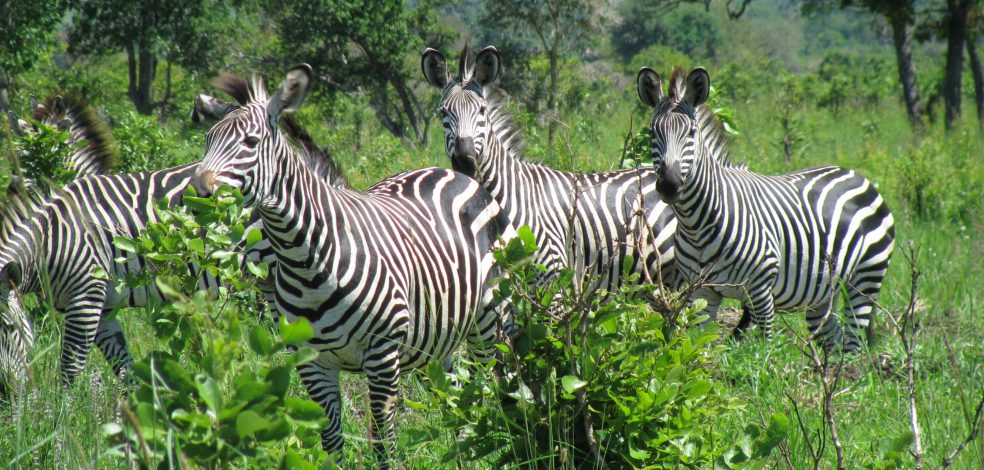I know it’s been a while, and I attribute my declining blogging productivity to two factors: needing to devote my attention to the second edition of my textbook (see below), and working under the guidance of a declining population of neurons. It turns out that 71-year-old-brains have some serious limitations.

Recently, six of my closest friends and I were privileged to travel though parts of Botswana and Zimbabwe with the goal of viewing some of the world’s most spectacular animals. Most were terrestrial, but some – like hippos and crocs – spent much of their time in water.

As a behavioral ecologist, I spent a considerable part of my life exploring the sex lives of dragonflies and spiders. I was particularly enamored with the thought of upping my scale, and observing lions do the deed. Most nights, the sounds of extremely enthusiastic lions reverberated through the early morning hours, but, alas, I never did get to see them in action. But our group of friends did see some fascinating lion behavior. We were in Lebala Camp in northern Botswana (see above), and our guide, Thabo, told us there was a pride of lions nearby, and asked if we would like to see them. “Yes please” we roared. It did not take too long before we came across the mother lode – a group of 19 adult females, subadults of both sexes, and several cubs. But there was something peculiar about the group. As you might expect from the only social cat species (the other 40 cat species are non-social) many lions in this pride are literally on top of each other. Much of their time and energy is devoted to licking, pawing, and wrestling playfully.

Unexpectedly, members of this pride were divided into two groups, separated by a two or three meter wide no-go zone. Several times, a cub from one group attempted to engage a lion from the other group only to be rebuffed with an outstretched swipe of the paw, often accompanied with a nasty-sounding snarl. One subadult male was particularly vigorous in defending the border between the two factions, repeatedly snarling, raising himself up and roaring at a particularly persistent cub from across the no-go zone.

What was going on? I asked Thabo about it, and he seemed a bit surprised by the apparent rancor. This was a particularly large pride. The three males were off patrolling their territory, while there was also one more female who had recently birthed a litter with an unknown number of cubs – after the birth she took off somewhere and had not been seen since. So the total number of lions in this pride was upwards of 25 – a large number of large animals. Was this pride about to split?
Overall, we watched this pride for about two hours. About midway through our vigil, two males returned and everything changed. Several females ran towards the two males, excitedly seeking their attention. The males were rock stars, and their fans – adult females, and subadults of both sexes were doing all they could to attract their heros’ attention. The youngest cubs mostly stayed by our jeep, watching the interactions. Personally, I was aggrieved by this shameless display of unconditional subservience and adulation by the females and subadults of both sexes.

Male lion presence definitely changed the dynamics of interactions within the rest of the pride. Some females took off in a hurry, only to be corralled by the males. Others moved to a central staging area – eventually most of the pride settled in a new location a few hundred meters away. One male ran off in pursuit of a couple of females. I don’t know if they were off having fun, or if he was trying to return them to the pride. According to our guide, even though males are dominant, they prefer if the females are happy and getting along with each other. Pride instability can ruin the males’ chances at reproductive success.
All about peace and love…
